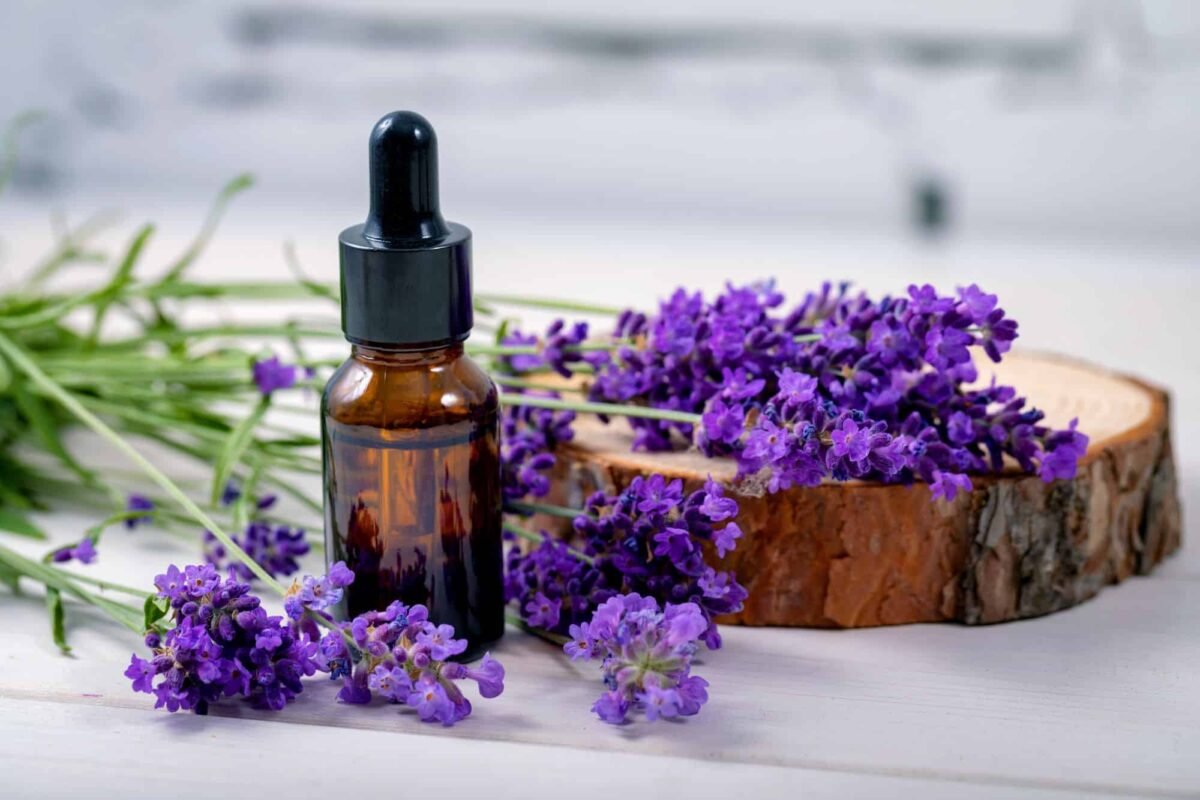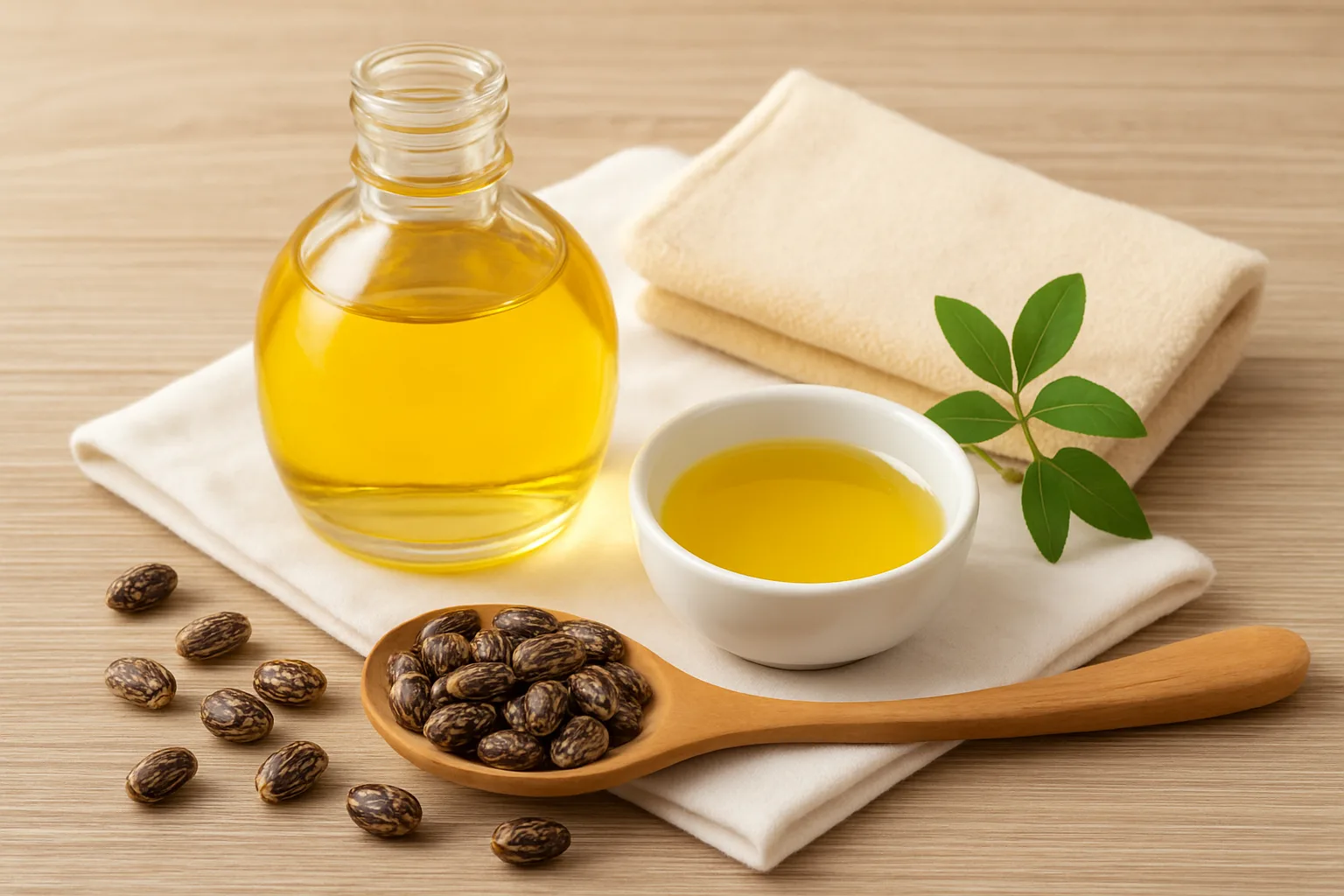Migraines can be debilitating, affecting daily life and productivity. While conventional painkillers offer temporary relief, they often come with side effects and long-term concerns. Many people are now turning to essential oils for migraine relief as a natural and effective alternative. With their anti-inflammatory, analgesic, and calming properties, essential oils like lavender, peppermint, and eucalyptus can help ease migraine pain and reduce symptoms. Understanding how to use them safely and effectively can make a significant difference in managing migraine attacks naturally.
Lavender Oil for Migraine Relief

Lavender essential oil is widely known for its calming and sedative effects, making it an excellent choice for migraine relief. Research suggests that inhaling lavender oil can reduce migraine severity and frequency due to its ability to lower stress and relax the nervous system.
Applying diluted lavender oil to the temples, forehead, or neck can provide immediate relief from migraine pain. Alternatively, adding a few drops to a diffuser or inhaling directly from the bottle can enhance relaxation and reduce migraine symptoms.
For those who experience migraines triggered by stress, incorporating lavender oil into daily routines—such as adding it to a warm bath or using it during meditation—can help prevent future attacks. This essential oil not only soothes the mind but also works as a mild analgesic to alleviate pain.
Peppermint Oil for Headache and Migraine Relief

Peppermint oil is a powerhouse for headache relief, thanks to its high menthol content. Menthol has a cooling effect that helps relax muscles, improve blood circulation, and alleviate pain associated with migraines.
Applying diluted peppermint oil to the temples, behind the ears, or the back of the neck can provide a refreshing, cooling sensation that eases tension headaches and migraines. Massaging it into the skin helps reduce inflammation and promote relaxation.
Inhaling peppermint oil from a diffuser or adding a few drops to a steam bowl can also help open up nasal passages, making it particularly beneficial for migraines accompanied by sinus congestion or nausea.
Eucalyptus Oil for Sinus-Related Migraines

For individuals suffering from migraines due to sinus congestion or allergies, eucalyptus oil can be highly effective. This essential oil has anti-inflammatory and decongestant properties that help clear blocked nasal passages, reduce sinus pressure, and relieve migraine pain.
Inhaling eucalyptus oil by adding a few drops to hot water and breathing in the steam can help break up mucus and ease sinus pressure. This method is particularly useful for those experiencing headaches caused by sinus infections or seasonal allergies.
Eucalyptus oil can also be combined with carrier oils like coconut or jojoba and applied to the chest, temples, or forehead to promote relaxation and enhance respiratory function. When used consistently, it can aid in reducing the frequency of sinus-related migraines.
Chamomile Oil for Migraine Prevention

Chamomile essential oil is well known for its soothing and anti-inflammatory properties. It helps reduce muscle spasms, relieve tension, and promote better sleep, all of which can contribute to fewer migraine episodes.
Using chamomile oil in a diffuser before bedtime or adding it to a warm bath can help promote relaxation and reduce stress-induced migraines. Drinking chamomile tea alongside topical or aromatic use can enhance its calming effects on the nervous system.
For those who experience migraines due to hormonal changes, such as menstrual migraines, chamomile oil can be an excellent natural remedy. Its ability to balance hormones and reduce inflammation makes it a valuable addition to migraine prevention strategies.
How to Use Essential Oils for Migraine Relief Safely

While essential oils offer powerful relief, they must be used correctly to avoid adverse reactions. Dilution is key—essential oils should always be mixed with a carrier oil like coconut, almond, or jojoba oil before applying to the skin to prevent irritation.
Aromatherapy is another safe and effective way to use essential oils. Diffusing essential oils in a well-ventilated room or inhaling them directly from a tissue can provide quick relief without the need for topical application.
For individuals with sensitive skin or respiratory conditions, performing a patch test before using a new essential oil is recommended. If irritation or discomfort occurs, discontinue use immediately and consult a healthcare professional.
Conclusion
Essential oils for migraine relief offer a natural, effective, and holistic alternative to painkillers. With their soothing, anti-inflammatory, and analgesic properties, oils like lavender, peppermint, eucalyptus, and chamomile can help reduce migraine pain and frequency. By using them correctly—whether through topical application, inhalation, or aromatherapy—individuals can find relief without the risks associated with conventional medications.
For those seeking a long-term natural solution, incorporating essential oils into daily self-care routines can significantly improve migraine management. By understanding their benefits and proper usage, individuals can take control of their health and embrace a more natural approach to pain relief.
















